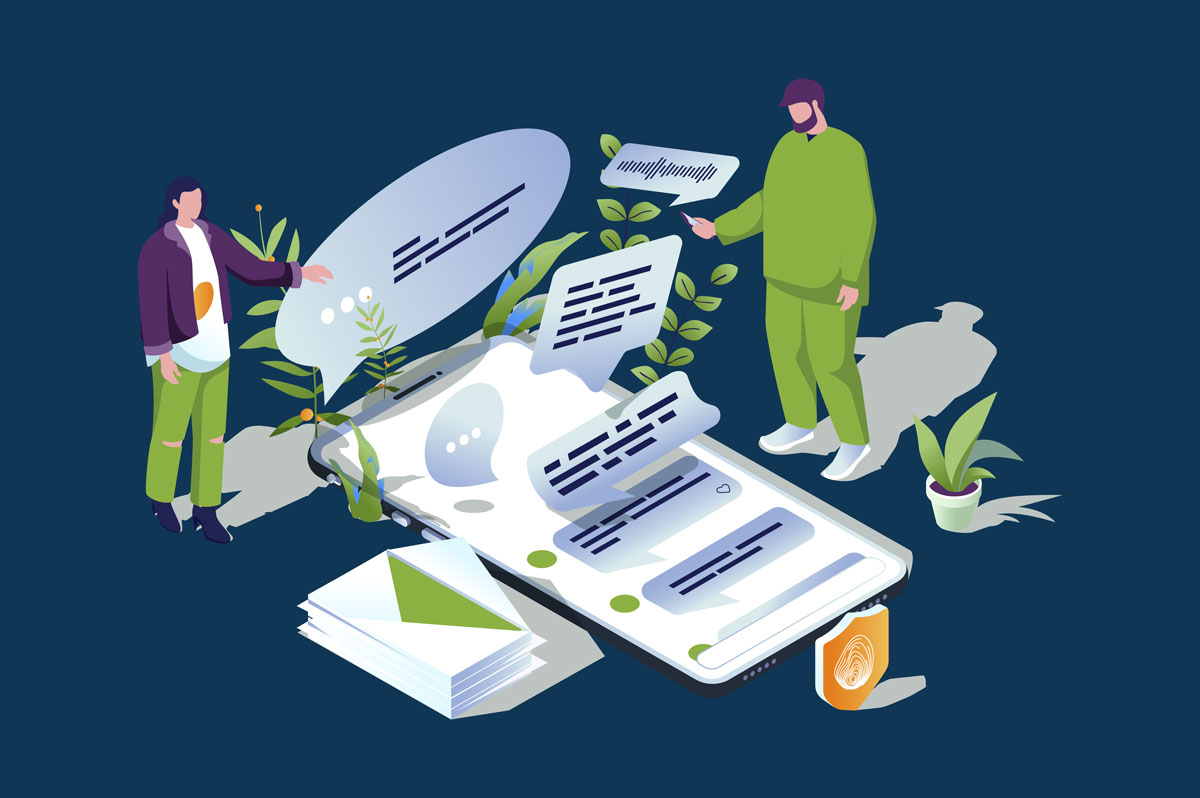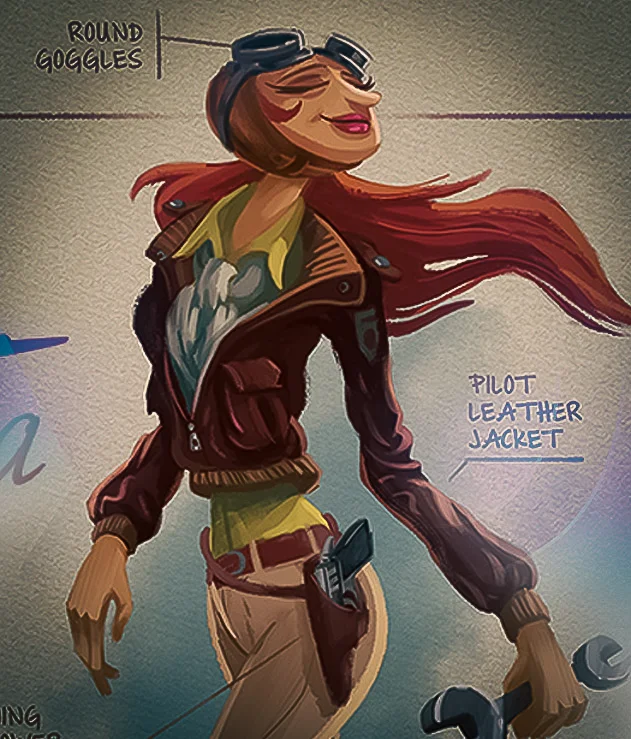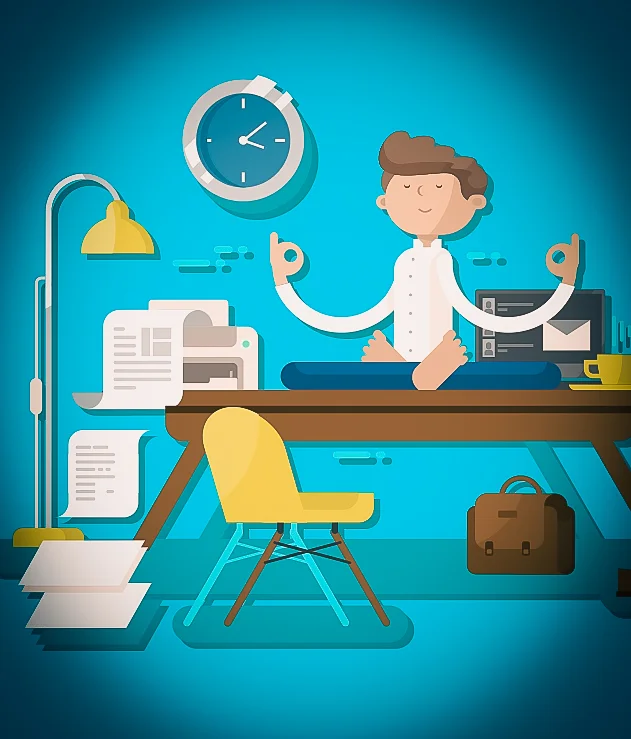 Image: Alex Dndz (Motion Array)
Image: Alex Dndz (Motion Array)
Email and Text Message Etiquette for Digital Artists
In the digital age, communication has evolved drastically, and with it, so have the norms and etiquette surrounding emails and text messages. As a digital artist, mastering the art of effective communication via email and text is crucial for maintaining professional relationships and conveying your message clearly. In this guide, we'll explore the dos and don'ts of email and messaging etiquette tailored specifically for digital artists.
Starting Off Right: Respectful Beginnings
When composing an email or text message, it's essential to start off with a respectful approach. Begin your message with a respectful greeting, addressing the recipient by their name if known. For example, "Hello Recipient's Name" or "Hi Recipient's Name" sets a positive tone for the rest of the communication.
Avoid Casual Acronyms and Slang
While texting with friends might involve using casual acronyms like "lol" (laugh out loud) or "btw" (by the way), it's best to avoid such shortcuts in professional communications. Using informal language and slang can undermine your professionalism and may lead to misunderstandings. Instead, opt for clear and concise language that conveys your message effectively.
Structure Your Message Thoughtfully
To ensure clarity and coherence, structure your email or text message with a clear opening, content, and closing. Start with a brief introduction or context for your message, followed by the main content or purpose of your communication. Finally, conclude with a polite closing statement or call to action. This structured approach helps the recipient understand the purpose of your message and facilitates better communication.
Close with Respect
Just as you started your message with a respectful greeting, it's equally important to close it with respect. Depending on the context, you can use phrases like "Best regards," "Sincerely," or "Thank you" followed by your name. Ending your message on a courteous note leaves a positive impression and reinforces professionalism.
Read Twice, Send Once
Before hitting the send button, take a moment to review your message carefully. Reading your email or text message twice allows you to catch any typos, grammatical errors, or unclear phrasing. It also gives you the opportunity to ensure that your message conveys the intended tone and message effectively. Remember, once you send a message, it's challenging to retract it, so it's better to double-check before sending.
Do Not Use All Capital Letters in a Sentence
Using all capital letters in a sentence can give the impression that you're shouting or being aggressive. It's like the text equivalent of raising your voice. This convention has developed over time in written communication, where capital letters are often reserved for emphasis, acronyms, or headings.
Frequently Asked Questions
Can I use emojis in professional emails or text messages?
While emojis can add a touch of personality to your messages, it's essential to use them in appropriate contexts. Avoid overusing emojis in professional communications, especially in formal settings.
Should I respond to emails and text messages immediately?
While prompt responses are generally appreciated, it's okay to take some time to craft a thoughtful reply, especially if the message requires careful consideration. Aim to respond within a reasonable timeframe, acknowledging receipt of the message if necessary.
What should I do if I receive a rude or unprofessional email or text message?
If you encounter rude or unprofessional communication, it's essential to maintain your composure and respond diplomatically. Address any concerns or issues raised in a professional manner, and avoid escalating the situation further.
Is it necessary to include a signature in every email?
Including a signature with your name, position, and contact information is a good practice, especially in professional settings. It provides recipients with essential details and makes it easier for them to follow up if needed.
Key Takeaways
- Start your emails and text messages with a respectful greeting.
- Avoid using casual acronyms and slang in professional communications.
- Structure your messages with a clear opening, content, and closing for better clarity and coherence.
- Close your messages with a polite and respectful statement.
- Always proofread your messages before sending to catch any errors or inconsistencies.
Having an email and text message etiquette is essential for digital artists to maintain professional relationships and effectively communicate with clients, colleagues, and collaborators. By following these guidelines and adopting a professional approach to communication, you can enhance your credibility and professionalism in the digital realm.







